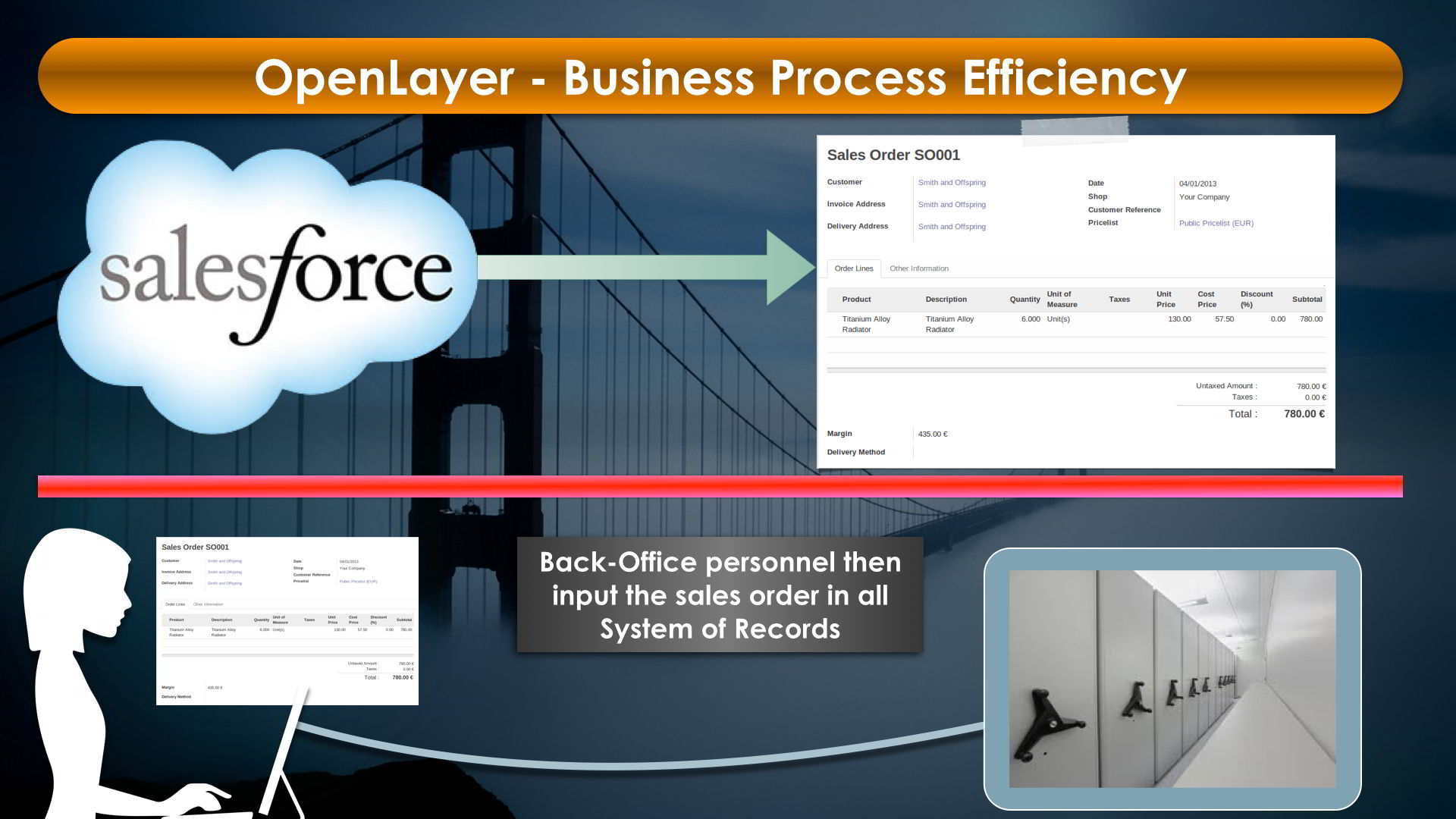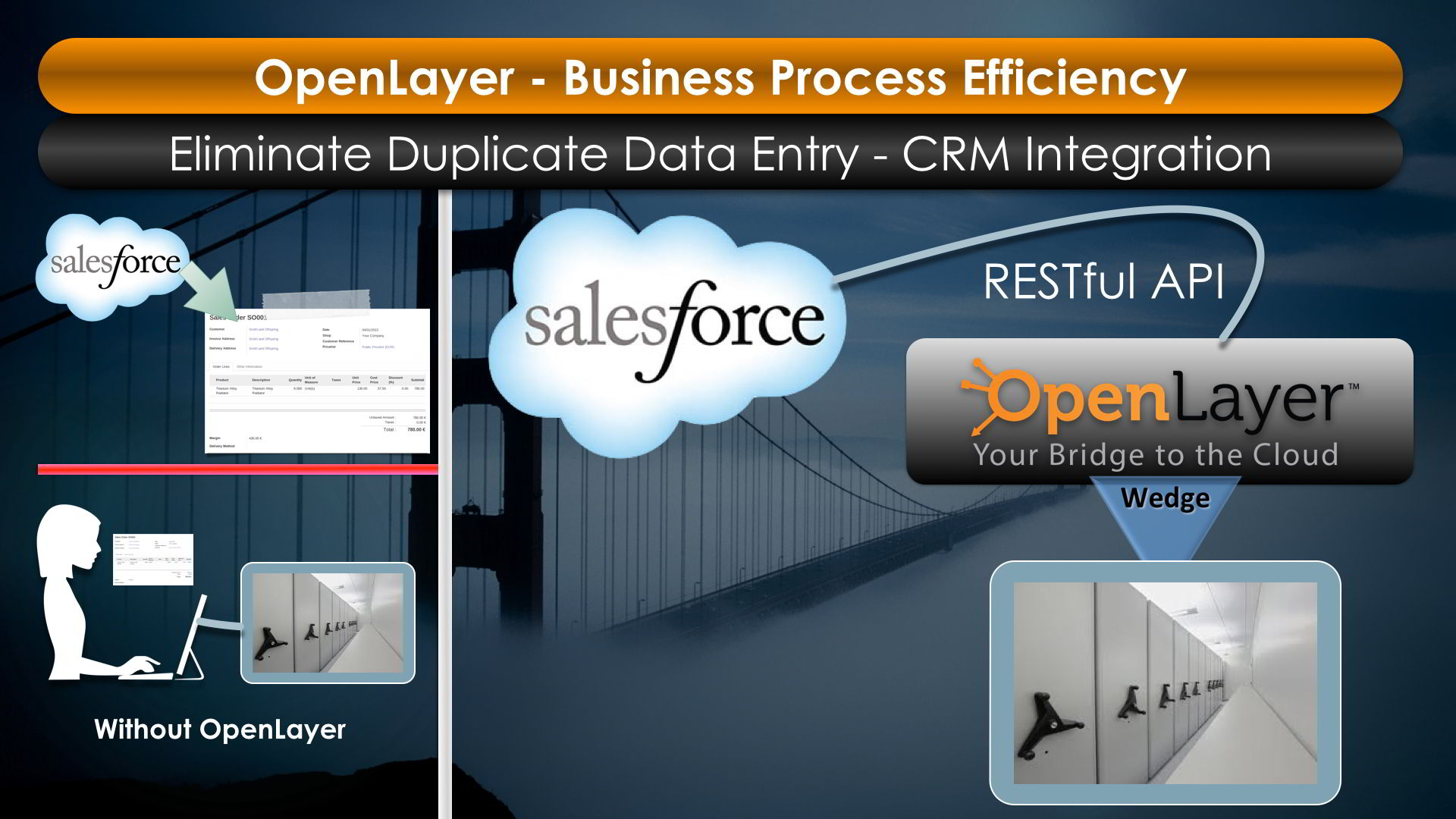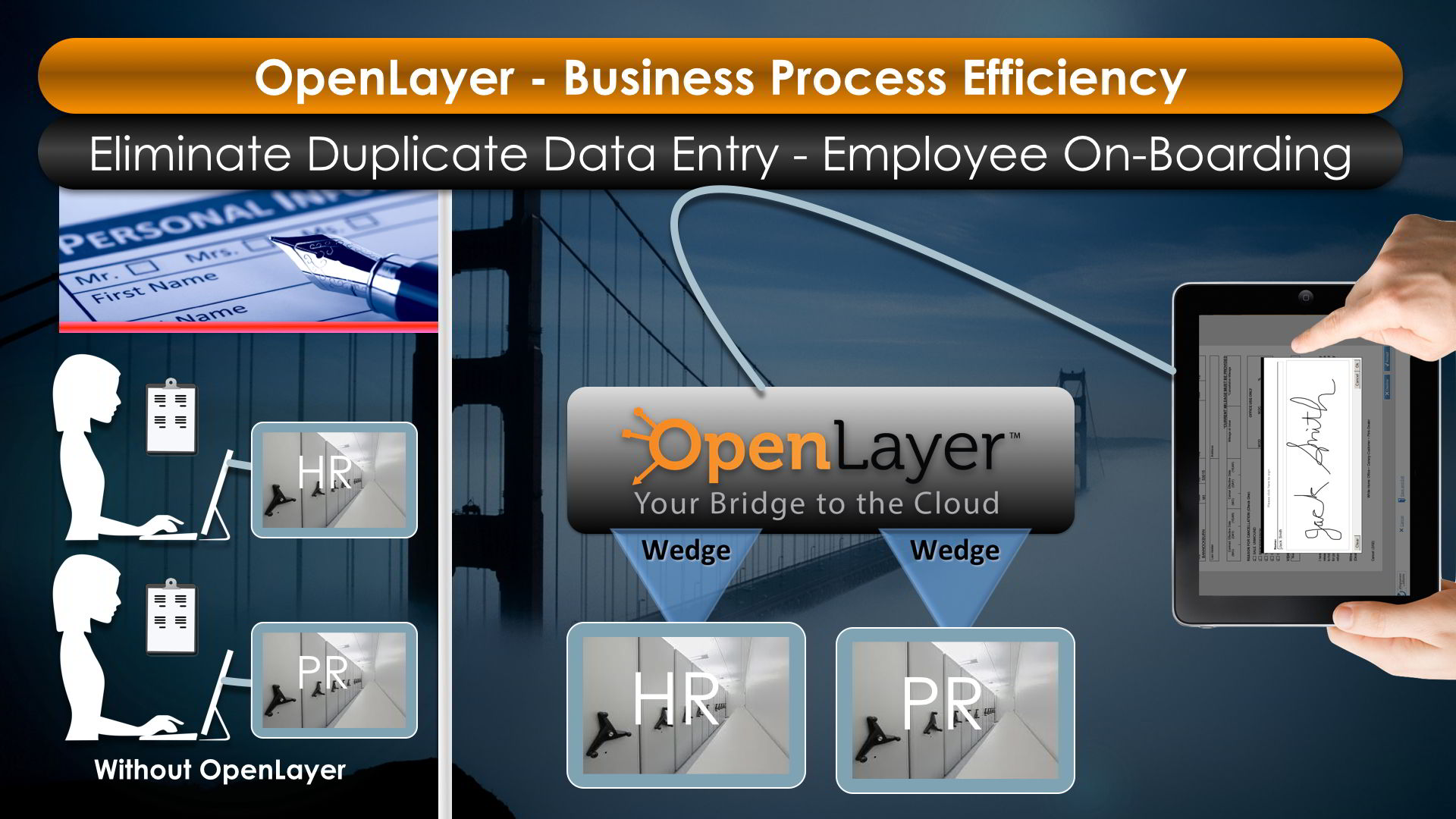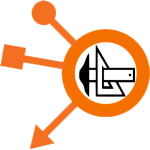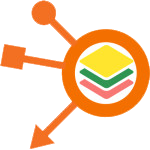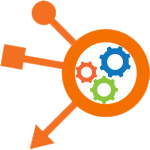OpenLayer | Limited only by your imagination
The Nexus of Forces has made traditional application architectures obsolete, and digital business demands more agility than ever. OpenLayer is a disruptive framework. Its’ architecture empowers development teams who must adopt to support modern requirements. OpenLayer prepares organizations for cultural disruptions by exploiting the existing technologies and bridging them to the modern technologies.
OpenLayer champions on modern technology ecosystem and provides Agility, Optimized User Experience (UX), API economy, Internet of Things (IoT), Extra-enterprise technologies. It is versatile, robust, maintainable, usable, and scalable. OpenLayer breaks the monolithic approach of traditional legacy applications, one-size-fits-all and enables organizations to deliver fit-for-purpose client applications. OpenLayer provides a web-scale back-end and tightly couples with monolithic traditional applications. OpenLayer can be deployed in Private, Hybrid, and public cloud.
OpenLayer addresses the changing rule of traditional IT
Govern Shadow IT and embrace Citizen Integrators1:
Today more IT budget is allocated to the line of business (LOBs), sometimes at the expense of the central IT budget. This impacts requirements for integration because individual LOBs often have business specific requirements. One consequence of this is that, by 2017, at least 65% of new integration flows will be developed outside of central IT2. This makes a strong case for Citizen Integration, but IT leaders are often unprepared to deal with Citizen Integrators, nevertheless IT leaders can add value to the organization by facilitating Citizen Integrators while ensuring effective Governance is in place to minimize organizational risk.
Improve Business Process Optimization:
Organizations have historically struggled to prioritize and fund Business Process Integration/Optimization efforts. With OpenLayer, companies can now Integrate Application and process Functionality, at the End User level, without the need for applications and/or data base level development. This approach, by relying on existing business user functions, facilitates swift, cost effective, and risk free integration.
Accelerate Delivery of Mobile Applications:
Enterprise IT organizations are being asked to deliver large numbers of mobile apps, often outstripping the resources that they have available3. The risk to both IT and the Business is having LOBs go outside IT to contract with third-party development firms to build customer-facing mobile apps, as they see these as a critical part to their digital business activities.
By dividing front-end development activities from back-end services using OpenLayer, IT organizations can deliver a powerful portfolio of mobile apps by enabling third parties and LOB units to rapidly create effective client apps with a focus on a strong user experience. Most importantly this enables IT to maintain governance and control without impacting agility, quality or speed of deployment.
The challenges in modernizing legacy applications and platforms
Additionally, organizations continue to be faced with the challenges of valuable, albeit aging, application portfolios, a difficult economy and the pending retirement of baby boomers, thus requiring them to make and execute modernization decisions for legacy applications and legacy computing platforms. Many legacy application modernization initiatives are driven by a company’s desire to make applications more efficient and cost-effective.
Budget and time overruns of legacy modernization projects are frequent, and many modernization efforts stall due to the organization’s requirements to retain legacy data and the perceived difficulty in doing so. The roots of this challenge are often found in the nature of these applications: They are complex, loosely coupled and often homegrown and date back decades.
The value that OpenLayer delivers
OpenLayer delivers on three critical requirements:
Access:
OpenLayer provides access to your existing applications Anytime – Anywhere from any browser enabled device. It provides instant personalized access from all your user devices including mobile and tablets. With OpenLayer, your application access can be personalized which is not limited to look and feel. The application can be extended applications by adding Mash-up and Data-Services, System wide, for a Group of users, or a personalized experience for a user.
Integrate:
With OpenLayer, any user transaction navigation can be encapsulated into an API. OpenLayer API is not DataBase centric, they are User Information and Business Process centric. It’s innovative approach of Business Process Automation, one does not require to reverse engineer the business logic or copy and paste thousands of lines of code into another development environment. With adaption of OpenLayer, the integration virtue is passed to the business users and takes it less dependent on IT or ICC.
Orchestrate:
With OpenLayer, enterprise can reap the benefits of “low Hanging Fruit” without taking the “Burning Platform Approach.” The innovative automation approach, enables the enterprise to use one single point solution and connect to many existing, time tested, and highly efficient back-end systems by way of
adding on OpenLayer Wedges. This approach allows diversified systems to be orchestrated by single API to OpenLayer. OpenLayer can dissect the information and populate these mission critical systems.
OpenLayer allows you to retain full control of any integration and modernization projects.
OpenLayer is architected to facilitate the integration of diversified systems and fulfills the need of bridging legacy systems with modern cloud based systems. OpenLayer keeps “System of Record” (Mode 1 of bimodal IT) and “System of Agility” (Mode 2), in harmony without requiring any changes to the legacy (Mode 1) environment.
OpenLayer is a Disruptive yet Non-Destructive Framework that provides Business Efficiency, Effectiveness, and Innovation through Automation. Asserting OpenLayer in early planning stage, Organizations can benefit from “low-hanging fruit.” OpenLayer empowers organizations to avoid the “burning-platform” approach. The Innovative Automation approach of OpenLayer, enables Existing Systems (Mode-1 – System of Records) and Innovative Systems (Mode-2 – System of Agility) go “hand-in-hand.”
Use Case Scenarios
Technology Inventory:
An organization has a home grown ERP, a cloud based CRM, a clipboard to take notes and pass to back-office operators for data entry.
Deliverable:
The solution must provide:
- A real-time integration between cloud based CRM and ERP, on demand.
- Integration with ERP must obey existing business rules
- Zero business disruption or downtime
- Access to workers in field and stakeholders access the ERP system in real time.
- Users should be able to personalize their view and only have access to needed data.
The OpenLayer Solution:
OpenLayer exposed all transactions in the home-grown ERP to any browser enabled device. OpenLayer did not require any change in the server code or any client software installation. The auto generated, highly responsive and customizable user interface enabled the workers in the field and other stake holders to access the application using their mobile devices. The “Extend and personalize” wizard of OpenLayer also permitted users to personalize their user experience and translate into their local language.
The scripting engine of OpenLayer, allowed sales team to develop RESTful API, using4 the navigation and add / change a sales order in ERP. This API was then called as a trigger from cloud based CRM. This mechanism synchronized the CRM and ERP in real time without any user intervention.
OpenLayer delivers an Optimized Outcome
As OpenLayer did not require any change in the server code of ERP, the highly productive legacy users continued to be productive as their user experience did not change. OpenLayer exposed the order entry process and exposed it to Citizen Integrators, by empowering them made it easier to synchronize their sales data from cloud based CRM and sales order in ERP. OpenLayer helped the organization embrace bimodal IT, harmonize their Mode 1 and Mode 2 systems and allowed users to automate system connections without IT intervention in a secure and controlled manner.
OpenLayer Features
- Disruptive: OpenLayer introduces the Innovative Automation approach.
- Non-Destructive: No server or application code changes required
- Versatile: Application and Database agnostic
- Easy: Access any application from any browser on any device
- Cost Effective: Protects your organization core business rule while enabling process improvement
- Mitigates Risk: By leveraging existing business process, no new risk is introduced to the organization
- Flexible: Supports Citizen Integration models across the Line of Business and IT organization
- Access: Personalized access to existing systems – anywhere – anytime
- Integrate: OpenLayer business API creation enables business users to integrate – Citizen Integrators
- Orchestrate: OpenLayer harmonizes information across diversified systems
- Future Proof: OpenLayer Wedge philosophy makes it easier to adapt technologies not invented yet

The Business Value of OpenLayer™
OpenLayer strives to deliver customers an innovative alternative to improving access and integration of Legacy platforms across their enterprise while reducing complexity, risk and cost while greatly improving time to market with software initiatives. Your company can benefit from extending the life of existing investments in hardware, software, and training. Implementing OpenLayer ensures an organization is flexible and scalable to adopt innovative applications in the future. When you need Information Integration quickly and efficiently implemented, OpenLayer enables the following:
- Anywhere/Anytime access to information to facilitate immediate decision making and response
- Systems & Data Sources such as SalesForce in Sync with Systems of Records such as ERP
OpenLayer delivers a framework by which to execute Migration and Upgrade projects with Less Complexity, Less Risk, Lower Cost, and Less Business Disruption. These capabilities are delivered requiring no changes to your existing application code.


